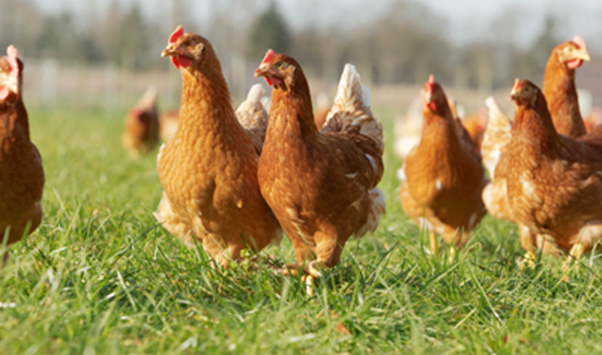



Comparison of breeder/layer coccidiosis vaccines: Part 2: Onset of immunity – attenuated vaccines
Recently, 2 new products have been introduced to the market; here is a study of the efficacy of each of the 3 vaccines.By Greg F. Mathis,Linnea J. Newman, Steve Fitz-Coy, Brett Lumpkins, and Robert Charette; Journal of Applied Poultry Research October 2017

Coccidiosis control for breeding and laying chickens requires the development of immunity against multiple Eimeria species.
Only one vaccine was widely available to producers in the European Union (EU) from 1991 until 2015. Recently, 2 new products have been introduced to the market.
Method
The 3 vaccines were compared with respect to the onset of immunity in pen studies, where sample birds were challenged at 21, 25, 28,and 32 d of age to determine the time at which lesion scores became significantly different from unvaccinated controls, the “onset of immunity.” The vaccines were given by oral gavage to eliminate any effect of application methodology on the onset of immunity.
Results
“Complete Immunity,” defined as no coccidiosis lesions following challenge,was only achieved for one species (Eimeriatenella) by one vaccine through the final challenge at 32 d.
Immunity remained incomplete for all other challenge groups for the duration of the experiment. Onset of immunity was detected by 25 d of age in only one vaccine group for all 5 challenge species tested (E. acervulina, E. maxima, E. tenella, E. necatrix, E. brunetti); and while onset of immunity was detected for some species with the other vaccines by 21 to 32 d of age, neither of the other 2 vaccines demonstrated onset of immunity to all 5 challenge species by the end of the experiment.
Delayed onset of immunity could adversely affect pullet weight with early field challenge, as indicated by bird weights taken before and after challenge.
Conclusions and applications
The attenuated vaccines demonstrated variable onset of immunity to the major pathogenic species of Eimeria. Vaccine P was the only vaccine to demonstrate onset of immunity to all species within the study period, with onset to all species by d 25. Vaccine E and vaccine HSP demonstrated onset of immunity to 4 of 5 species by d 32.
- Day 14 application of the necatrix and brunetti fraction in the HS + P group did not prove to be an advantage with respect to onset of immunity by flock age: the group did not show significant improvement in lesion score when challenged with necatrix and brunetti through 32 d of age. If the experiment had been carried on for 14 additional d ,the HS+ P group may have had adequate time to develop immunity, if the onset is the same number of d post-vaccination.
- While the weight gain of all of the vaccinated groups was significantly better than controls challenged with E. necatrix and E. brunetti at 32 d, only the weight gains in vaccine P and vaccine E groups were significantly better than controls under an Eimeria acervulina/maxima/tenella challenge. This means that average daily gain (ADG) of HSP and HS+P groups suffers under challenge conditions, even at 32 d of age. Under field conditions, this could result in under- weight or potentially uneven flocks if early challenge occurs.
- The unchallenged vaccine groups also demonstrated a visible difference in the rise and duration of oocyst shedding before immunity began to develop, with vaccine P demonstrating significantly faster rise and fall of oocyst shedding. Under field conditions, this becomes an advantage because vaccine performance can be disrupted by environmental conditions [19]. Faster recycling of the vaccine means less time for environmental variability to have a negative influence on immunity development.
Part 1: Comparison of breeder/layer coccidiosis vaccines: Part 1 -precocity and pathogenicity









